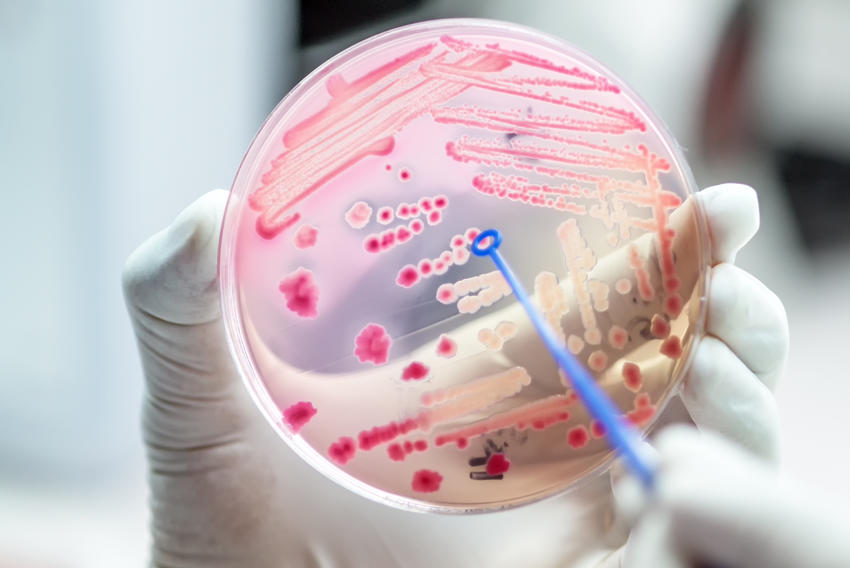Collaboration leads to breakthrough in antibiotic delivery

Antibiotic resistance, the ability of bacteria to resist existing antibiotics, threatens our health care systems and the success of medical procedures on a daily basis. An invention resulting from the collaboration of two researchers from different disciplines seeks to combat that threat by delivering a new antibiotic to sites of infections that are difficult to treat.
Sven-Ulrik Gorr, PhD, a professor in the Division of Basic Sciences, studies the ART (activity, resistance and toxicity) of antibiotics. Conrado Aparicio, PhD, MSc Eng, former professor in the Division of Biomaterials and current professor at the Universitat Internacional de Catalunya, studies the development of new biomaterials.
Both researchers understand the gravity of antimicrobial resistance. Gorr says “it has been called the ‘climate change of health:’ a looming disaster where the signs are already all around us, as bacteria are increasingly able to resist our best antibiotics.”
In an attempt to assuage this threat, Gorr and Aparicio teamed up, alongside physicians, learning that burn wound infections is an area of critical need. “About half a million burns require medical treatment each year in the US, with 40,000 patients hospitalized, where they are at increased risk of drug-resistant infections,” he explained.
The unique circumstances of burn wounds, which require a topical material that can treat or prevent infection, led Gorr and Aparicio to develop a versatile antimicrobial hydrogel. “We might think of hydrogels as Jello, which holds a lot of water,” Gorr explained. This helps them provide a cooling effect and could minimize pain by allowing for more time between dressing changes.
Gorr and Aparicio went through the patent process to seek protection of their invention, working closely with the University’s Technology Commercialization office and local patent attorneys at Viksnins Harris Padys Malen. They hope to use the gel in a variety of applications—including dentistry.
“Because these hydrogels can be prepared to be injectable or in the form of membrane sheets, they can be used anywhere that local delivery is of benefit, including root canals, guided tissue regeneration or in the periodontal pocket,” said Gorr. While initial testing has focused on wound infections, the researchers are also looking at prosthetic joint infections as an area of application.
Gorr and Aparicio hope their invention will be a step toward solving the dire state of antibiotic resistance in healthcare.
“Antibiotics are much like fire extinguishers,” Gorr explained. “If you buy a fire extinguisher after your house catches fire, it’s too late. In the same way, you want new antibiotics on the shelf before they are needed. Our goal, with the help of Technology Commercialization and support from the Office of Discovery and Translation at the University of Minnesota’s Clinical and Translational Sciences Institute, is to de-risk these inventions, making them attractive to investors and bridging the gap from the lab to the clinic.”
